Fly Tying: Tie Flies With Materials You Won’t Find At A Fly Shop
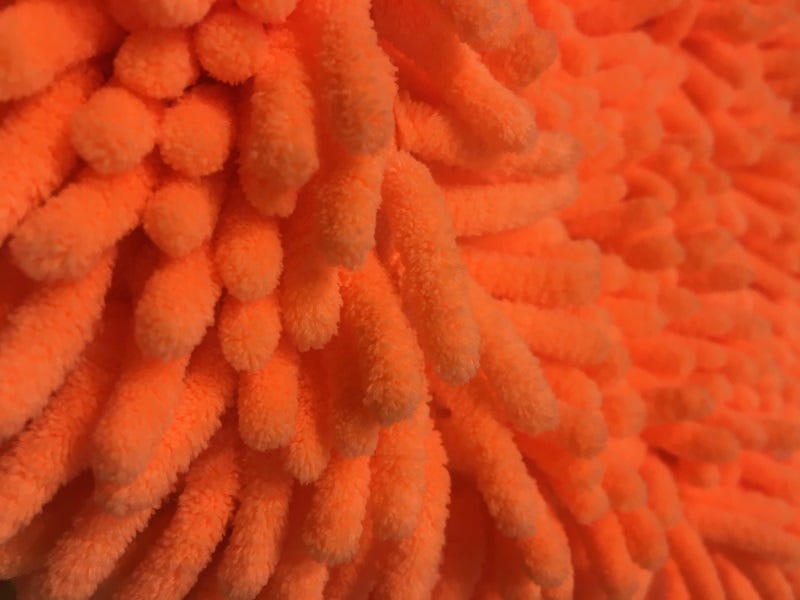
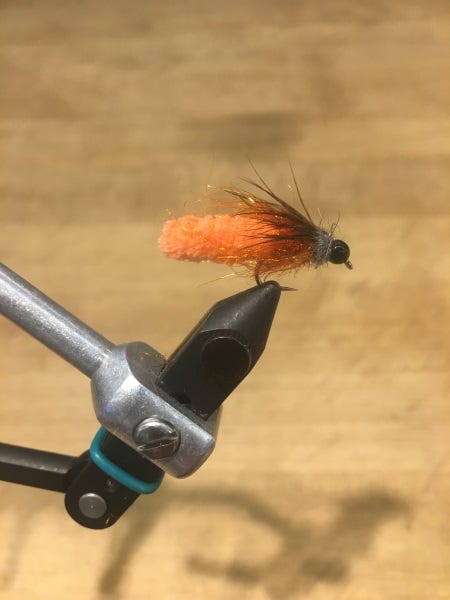
Fly tiers are creative, especially when said tier is in a jam, meaning they can’t find the materials they need on their cluttered desks or in their desk drawers. He or she might be able to find those materials at a fly shop, but not always. So, instead of trekking to the shop, the creative tier searches the garage, the kitchen and the laundry room, and scavenges these four materials. The next time you’re in a pinch, consider these items and give them a go. At the very least, you’ll be entertained in seeing what you can create with materials that rest nearly at the tips of our fingers.

Mop
Mopfly, Mop Caddis, Cased Caddis, Mop N’Glo—these are the names of some popular flies that are tied to match caddis, and they are creating a lot of buzz right now. All of these are easy to tie, they are extremely durable, they look realistic and, best, they work. The trick to tying these patterns is getting the mop head to look right. What you’re looking for are “thin dreads.” You can tie these patterns in a variety of colors, but tan is my favorite. You can modify tan with brown and black markers, giving the fly a lifelike cased caddis look. Teamed with a bead, a little wire, and some dubbing, this fly rocks.
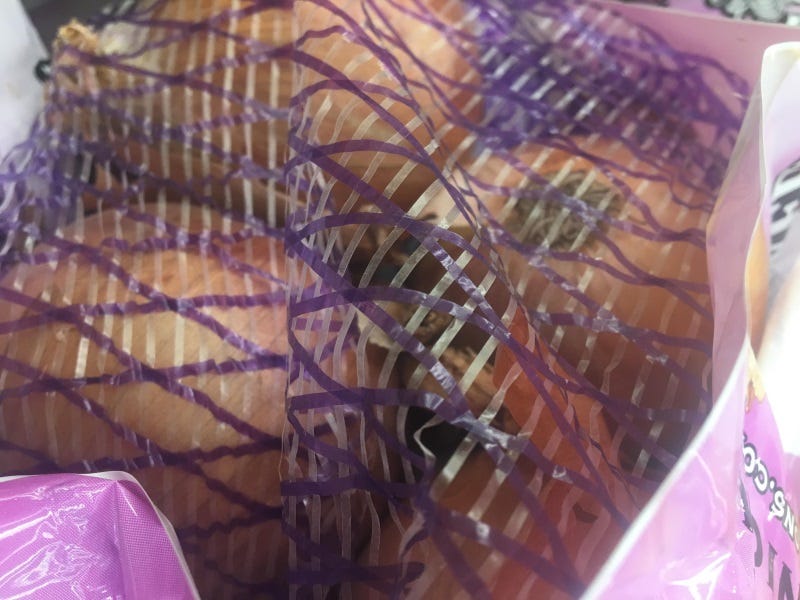
Fruit Plastic
Next time you buy tangerines, oranges, apples or avocados, be sure to save the mesh bag they come in. You never know when you’ll run out of floss while tying a batch of Royal Wulffs, but when you do you can substitute with a strip of the plastic mesh bag. These plastic mesh bags come in a variety of colors, but red serves best. Warning: if your spouse thinks the fly-tying desk looks like trash now, just think how they’ll react when they spot these fruit bags scattered around.
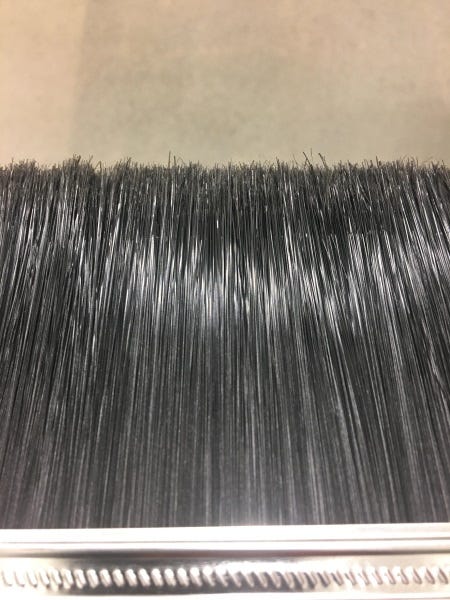
Paintbrush
Now let’s talk mayfly patterns. These are some of my favorite flies to tie, for good reason: they work. But what happens if you don’t have the fibers you need for these little beauties? Grab a cheap paintbrush from the garage, snip-snip, and you are good to go. But be careful because paintbrushes come in different colors and diameters, so pick one that matches the fly patterns you are tying. Another thing to note: the fibers must be clean. A single brush is enough for thousands of mayfly tails.
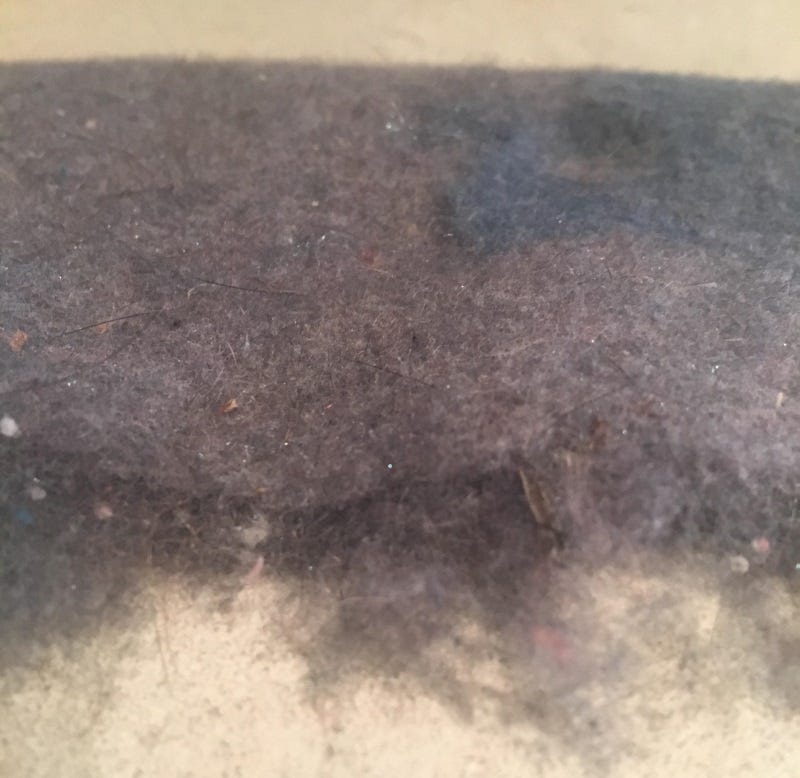
Dryer Lint
Now this one is theoretical to me, but if I was in a dubbing jam, I wouldn’t think twice about using dryer lint. The good thing about this material is that the supply is almost endless and you won’t have to add yet another wad of material to your already cluttered fly-tying desk. While I wouldn’t trust lint to float a dry fly, I do believe winding lint into your nymphs is fair game. Mix it with a little flash or maybe a pinch of another dubbing for a unique, buggy look.
Fly Tying Homework
Whenever you have a texture or a pattern in mind, just wander through your house or garage and see what you can use to mimic the bug/texture you want. While you might not tie the prettiest fly, you can bet it will help break the monotony of tying the same fly, with the same materials, dozens of times.
